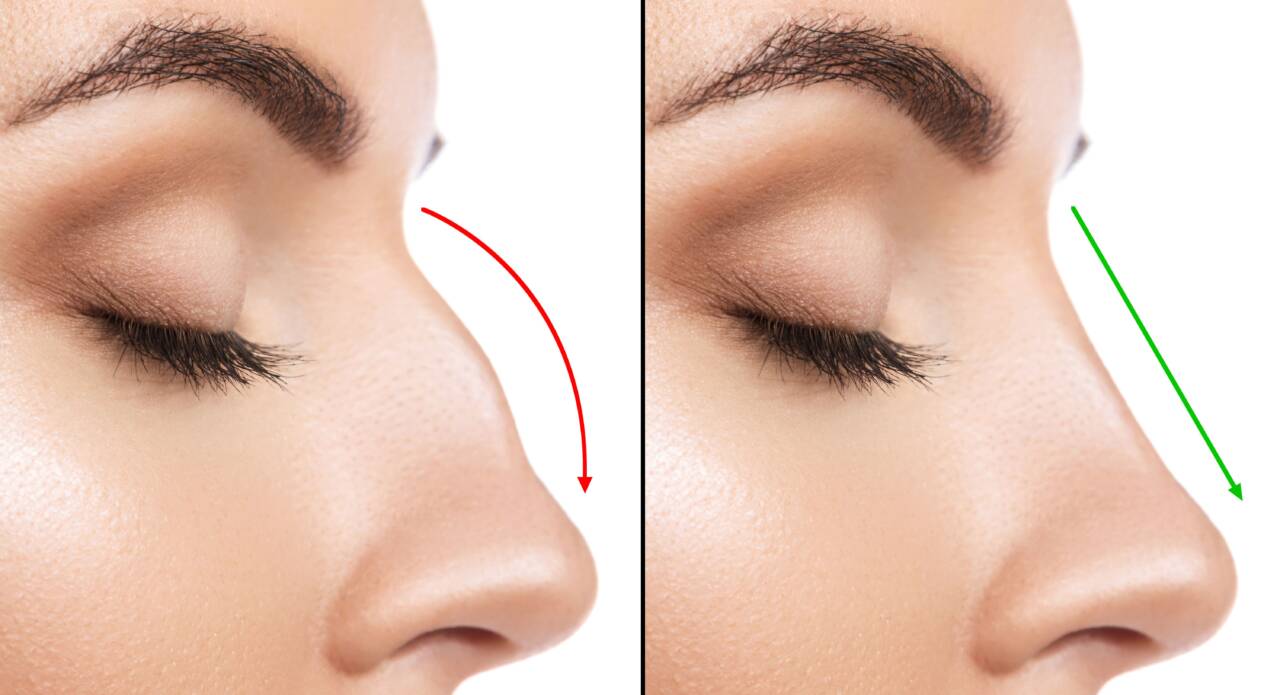NEWS
What to Expect: The Recovery Process of Rhinoplasty Before and After Surgery

Did you know that the global rhinoplasty market is projected to reach $10.12 billion by 2028?
Rhinoplasty is a facial cosmetic surgery that reshapes the nose for either medical or cosmetic reasons. It helps to correct breathing problems and repair facial trauma. It can also improve the appearance of one’s nose.
The recovery process for rhinoplasty can vary depending on the individual. This article will discuss what to expect during the recovery from rhinoplasty before and after surgery. Read on to learn more!
Swelling and Bruising
Swelling and bruising are common after rhinoplasty surgery, especially in the first week. This is a natural part of the healing process. Your body responds to the trauma of surgery.
The severity of swelling and bruising can vary depending on the extent of your procedure. It typically subsides within two weeks.
In some cases, swelling and bruising can last up to six months. This is more common in patients who have had more extensive rhinoplasty surgeries.
Nasal Congestion
Nasal congestion is another common symptom after rhinoplasty surgery. The nasal passages may feel blocked or stuffy. This makes it difficult to breathe through your nose.
This can be due to swelling of the nasal tissues and mucous build-up during the healing process. A top rhinoplasty surgeon may recommend using saline sprays or nasal irrigation to help ease this symptom.
Pain and Discomfort
Pain and discomfort are also common after rhinoplasty surgery. Your surgeon will prescribe pain medication to help manage any discomfort. It is important to follow your surgeon’s instructions for taking medication to ensure proper healing.
You may also experience some itching, numbness, or tightness in the nasal area. This is normal and usually resolves within a few weeks.
Dressings and Splints
After your rhinoplasty plastic surgery, you will have dressings and splints on your nose to protect it during the initial healing phase. These will need to be changed regularly, and your surgeon will show you how to care for them.
The splint will also help to keep your nose in the desired shape as it heals. It is typically removed after one week. The dressings may need to be worn for a few weeks longer.
Restrictions on Activities
During the recovery process, your surgeon will advise you to avoid any strenuous activities. This includes exercise, heavy lifting, and bending over. These activities can increase blood flow to the nose and cause additional swelling.
You may also be advised not to wear glasses or sunglasses for a few weeks after surgery. This is to prevent pressure on the healing nasal bones.
Follow-Up Appointments
It is crucial to attend all follow-up appointments with your surgeon after rhinoplasty surgery. These appointments allow your surgeon to monitor your healing progress. This also helps them address any concerns or complications that may arise.
Your surgeon will check the placement of internal splints during these appointments. Make sure to ask any questions you may have during these visits.
Rhinoplasty Before and After Surgery: Achieving Optimal Results
The recovery process for rhinoplasty before and after surgery can vary for each individual. It is important to follow your surgeon’s instructions. You should also attend all follow-up appointments to ensure proper healing.
Remember that the full results of rhinoplasty may not be visible until several months after surgery. It takes time for swelling to fully subside and for the nose to settle into its final shape.
So, don’t be alarmed if you don’t see immediate results. Trust in the process and trust in your skilled surgeon!
For more informative articles, check out more articles on our blog.
Having completed my education in English, I’ve cultivated a successful career as a content writer. My tenure includes valued collaborations with distinguished professional organizations, reflecting my commitment to producing high-quality content.
Contact me on this mail: [email protected]










